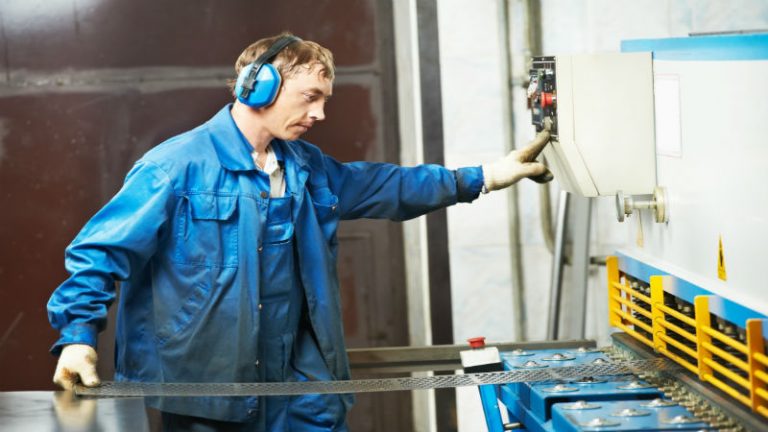Rubber-to-metal bonding, also known as rubber-metal bonding or rubber bonding, is a process that involves adhering rubber materials to metal substrates. This innovative technique has gained popularity across various industries due to its numerous benefits and versatile applications. In this blog post, we’ll delve into the advantages of rubber-metal bonding and explore why it’s a preferred choice for manufacturers and engineers worldwide.
Enhanced Durability and Strength
One of the primary benefits of rubber-to-metal bonding is the significant enhancement of durability and strength it offers to components and assemblies. By bonding rubber directly to metal substrates, manufacturers can create robust and resilient products capable of withstanding harsh operating conditions, extreme temperatures, and mechanical stresses. This increased durability extends the service life of components, reducing the need for frequent replacements and minimizing downtime and maintenance costs.
Improved Vibration and Noise Dampening
Rubber-to-metal bonding improves the vibration and noise-dampening properties of components, making them ideal for applications where noise reduction and vibration isolation are critical. The inherent flexibility and elasticity of rubber absorb vibrations and dampen noise generated during operation, resulting in the quieter and smoother performance of machinery, equipment, and automotive systems. This not only enhances user comfort but also contributes to the longevity and reliability of the system as a whole.
Enhanced Sealing and Weather Resistance
Because rubber-metal bonded components often begin with zinc plating, they make an ideal choice for applications requiring effective sealing against moisture, dust, and environmental contaminants. The tight bond between rubber and metal substrates creates a reliable barrier that prevents the ingress of water, gases, and other substances, ensuring the integrity and performance of sealed components.



